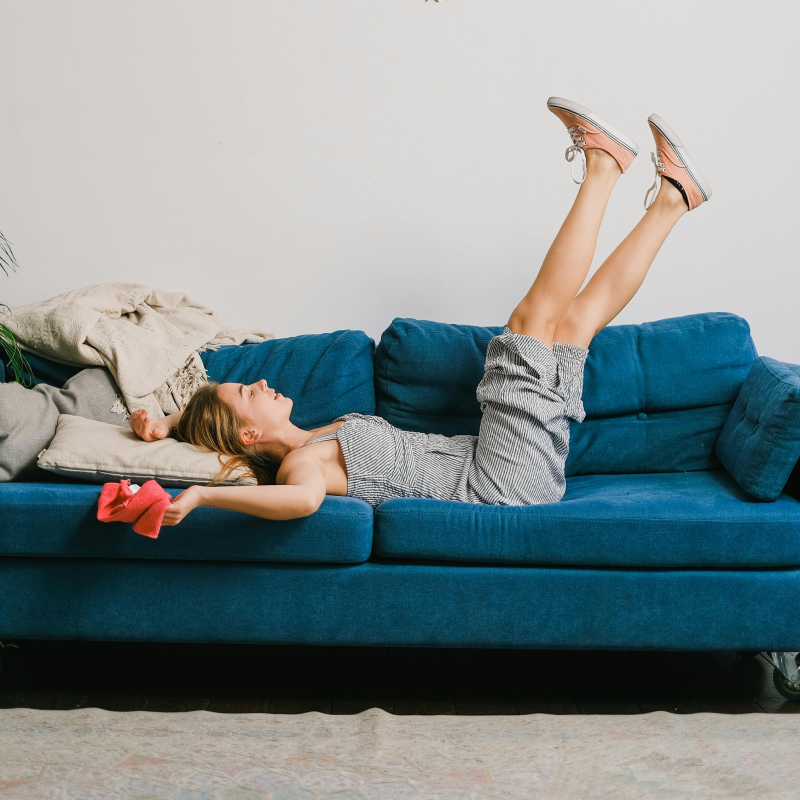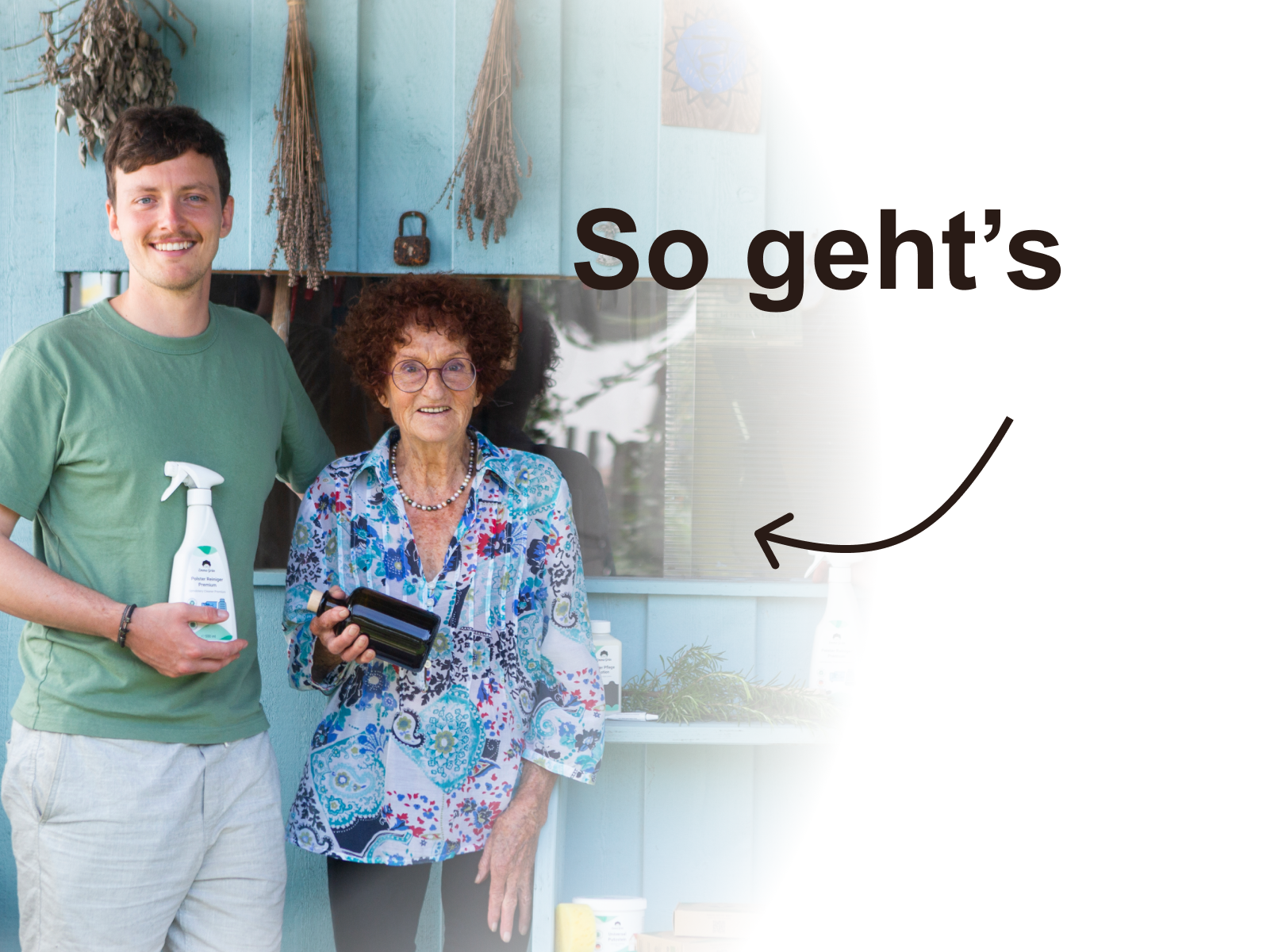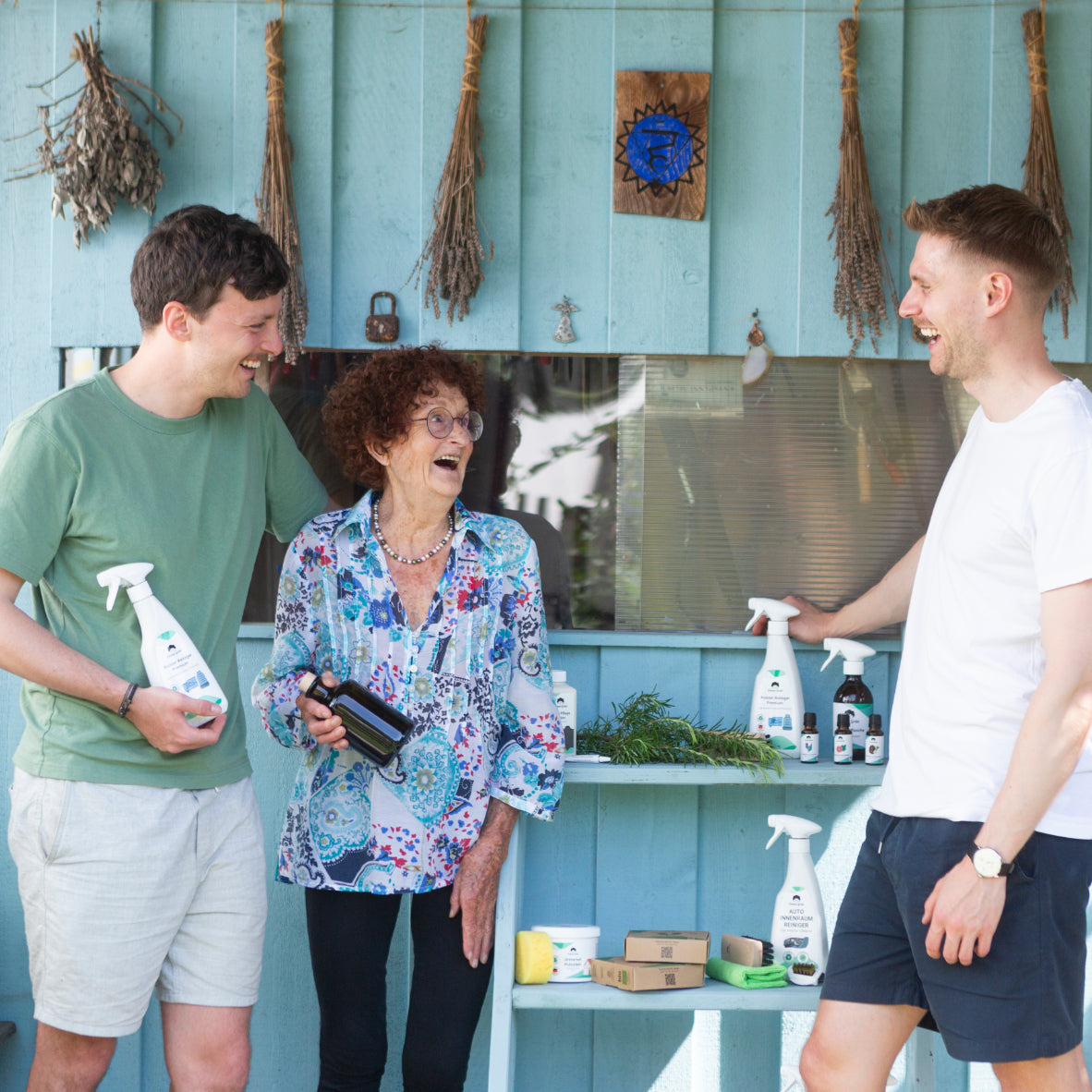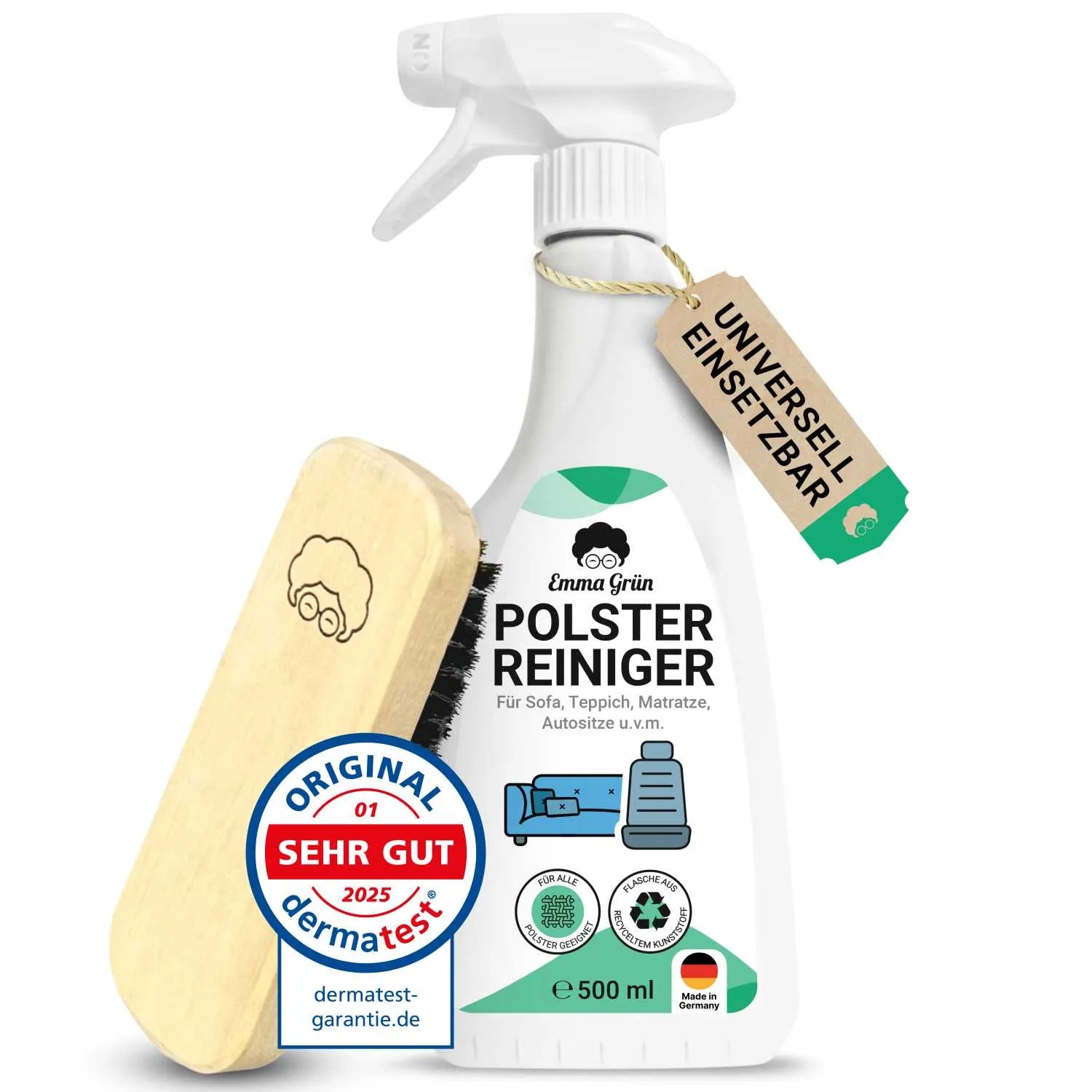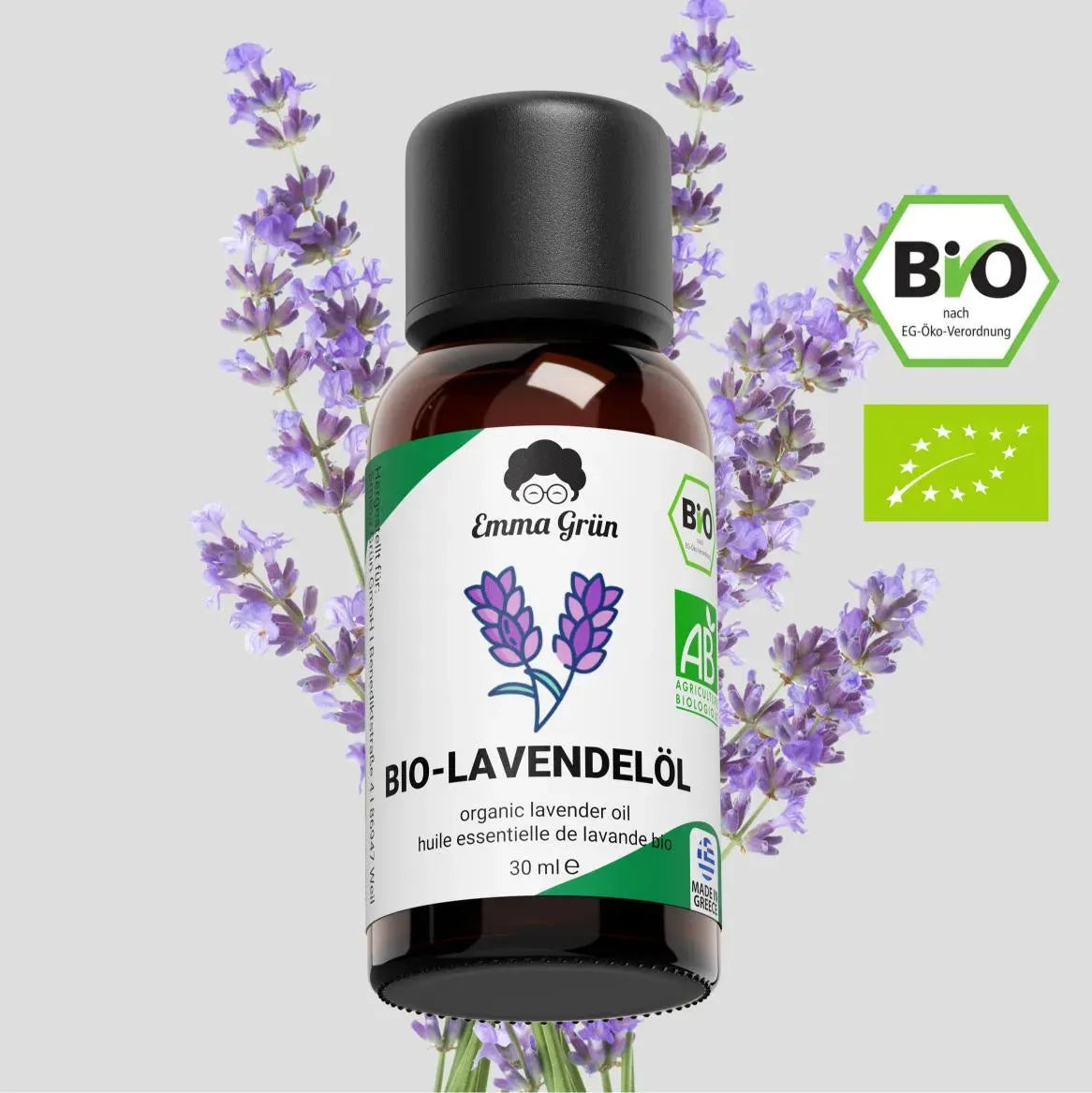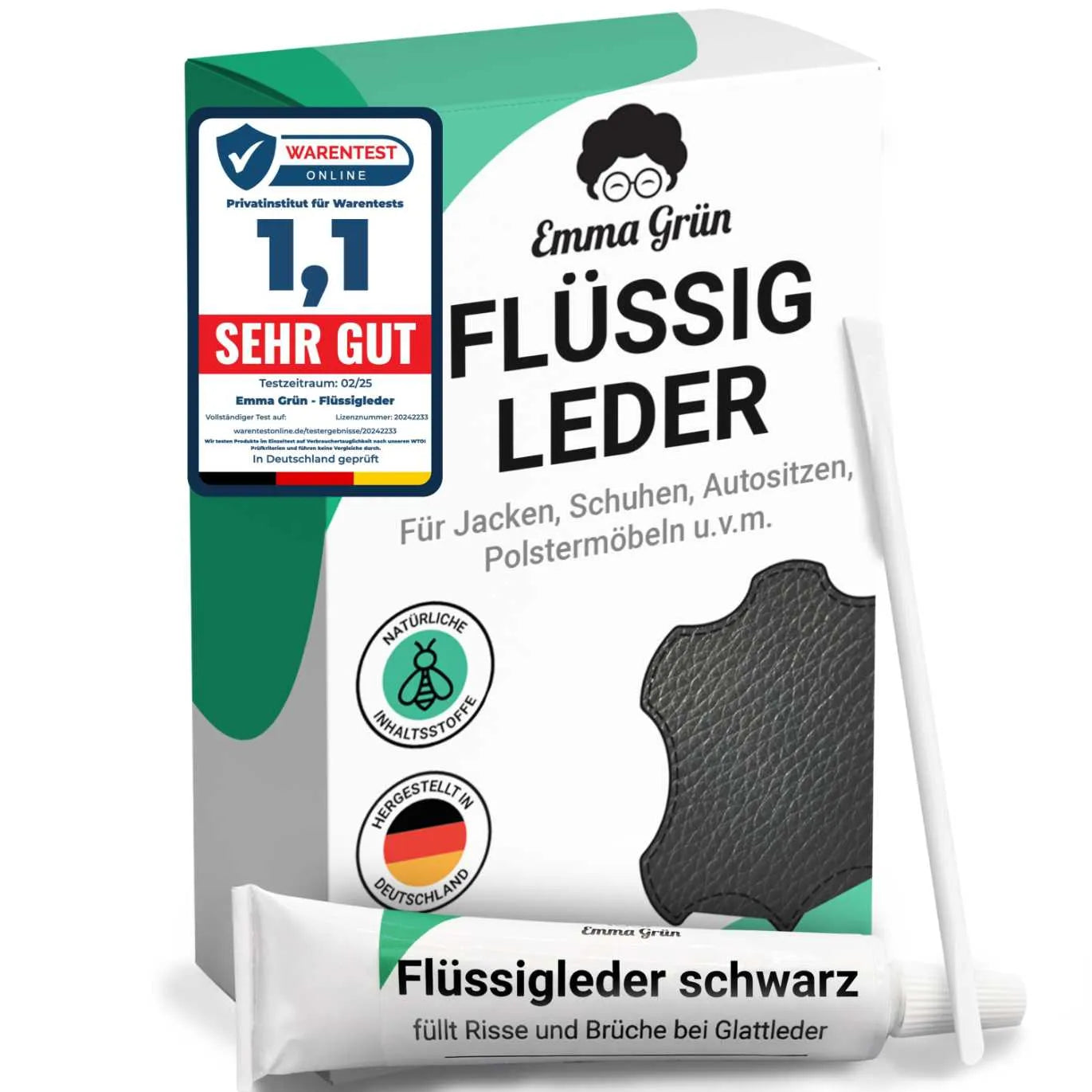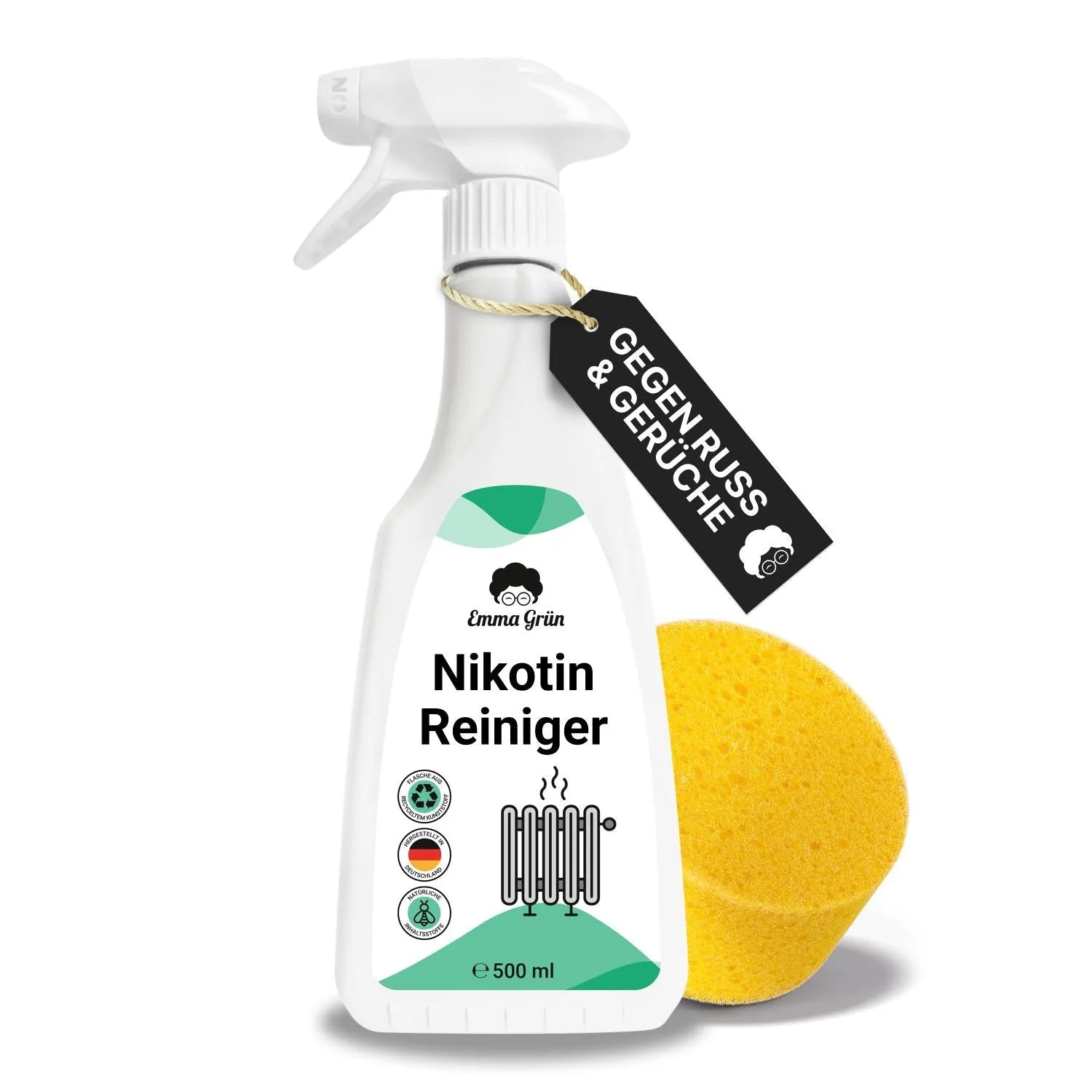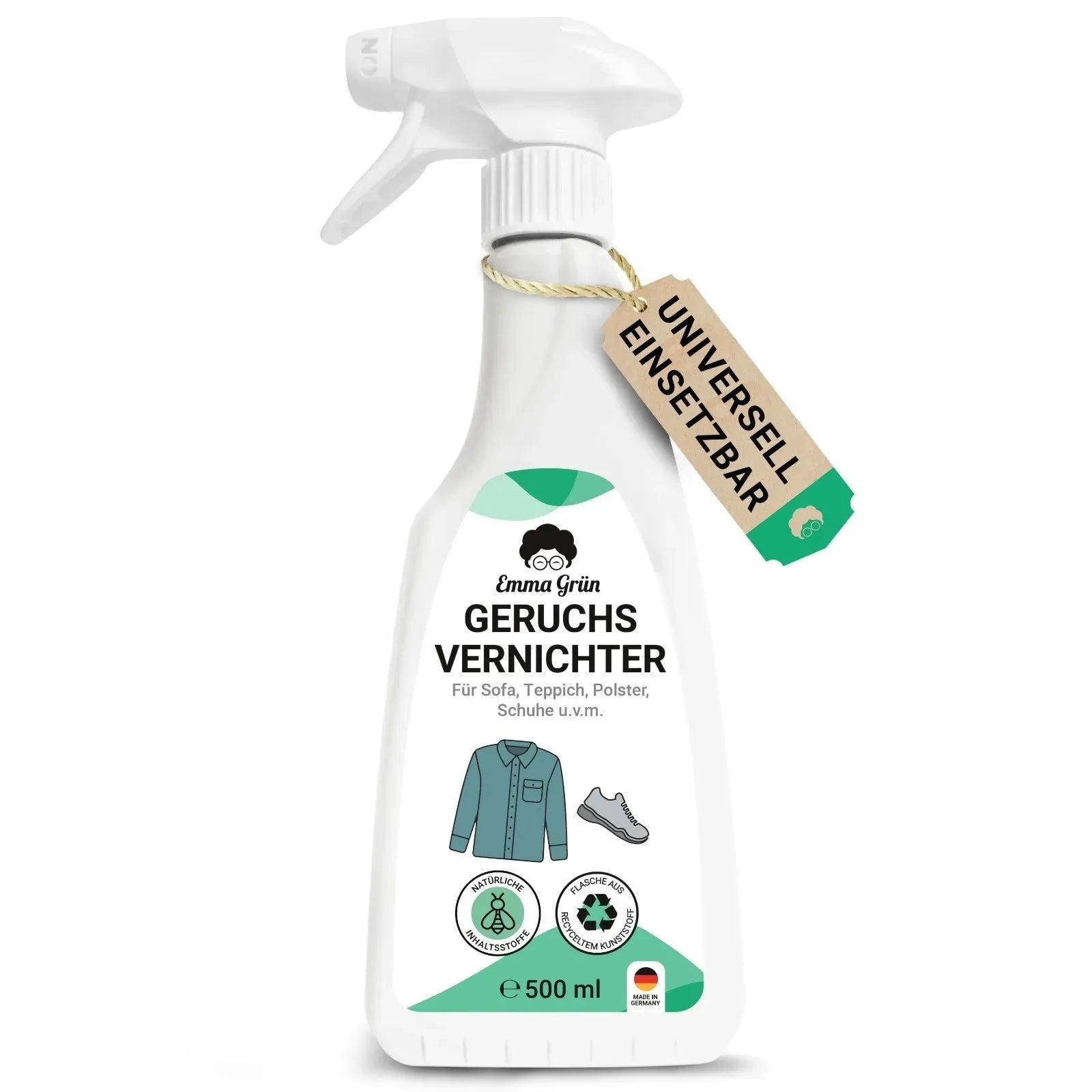Rough and smooth leather differ in structure and require different cleaning and care. Rough leather, also known as suede, suede or nubuck leather, can be recognized by its velvety surface. This effect is achieved by sanding the animal skin. Since suede is always the hide of a wild animal, the skin side of the leather is always used to produce suede to ensure a high-quality result. This is free of natural scarring and is simply more attractive to look at.
For nubuck leather, however, the outer skin side is used, which is sanded during the manufacturing process and makes the material very soft and supple. However, the natural leather cannot be dyed on the roughened side. All that would be achieved with an additional layer of dye would be that the fibers would stick together and the natural effect of the natural material would be lost.
How do you recognize suede?
Suede is very comfortable to wear. It is very pleasant on the skin and fits perfectly to the body. Due to the velvety soft, short and finely sanded surface, a so-called "writing effect" is created when you stroke it, which makes it easy to distinguish suede from other types of leather. This is due to the roughened fibers, which give the eye a different appearance depending on their position.
Cleaning and caring for suede: This is how stains are created!
It is precisely the rough surface that makes suede so unique and a real eye-catcher. Unfortunately, the structure is also very sensitive and absorbs moisture and dirt. This is precisely why the sensitive natural material must be protected from external influences such as these in countless everyday situations. Dirt and grease and water stains appear quicker than we would like and are extremely difficult to remove. If aggressive leather cleaners are then used, they destroy the beautiful surface in an irreparable way.
Especially in the cold season, when it's wet and uncomfortable outside and salt is being spread everywhere for safety reasons, you need to protect your stylish suede shoes particularly well and roughen up the suede and then waterproof it. But even in your own four walls, it can quickly happen that an unsightly grease or water stain disfigures the sofa, armchair or other suede furniture. But don't worry: you can also get stains out of suede with the right natural remedy.
Cleaning suede: home remedies that work!
In contrast to smooth leather, suede and suede have an open-pored and polished surface. Due to the special structure, the material develops a natural patina over time, which looks beautiful but is particularly sensitive to liquids. Our grandmothers used various household remedies to help them remove unsightly stains from couches and other items of clothing made of suede. The following household remedies will make stains disappear forever!
Baking powder & cornstarch:
These two home remedies are particularly effective against grease stains. To do this, you need to dust the affected area with the home remedy, let it work and then carefully brush it out with a suede brush.
Vinegar:
Vinegar can also remove grease stains from suede. Wet a colorfast cotton cloth with a little vinegar and gently work the natural stain remover in. Then rub with a damp cloth. Important: Always use distilled water for this. Normal tap water would leave unsightly marks due to the lime content.
Raw onions:
The juice of an onion works particularly well on snow edges. Simply dab the affected areas with the liquid and allow it to take effect. The unsightly edges should disappear completely after just one treatment.
Natural leather cleaners:
Sustainable leather cleaners like the one from Emma Grün combat stains on suede using natural ingredients. It doesn't matter whether your favorite leather items of clothing, shoes, accessories or your sofa etc. need an effective basic cleaning. With the sustainable suede cleaner from Emma Grün you can do this effectively and without any aggressive chemicals. And here's how it works: Spray on, work into the leather with a brush in circular movements, rub with cold distilled water and you're done! It's also perfect as a leather cleaner/car. Did you know that you can also use our premium leather cleaner as an Alcantara cleaner?
Cleaning and caring for Alcantara: No problem with the sustainable products from Emma Grün!
Our leather cleaner is not only suitable for all types of leather and imitation leather. You can also remove dirt and stains from Alcantara without leaving unsightly water marks. But what is Alcantara and what protection and care is appropriate?
What kind of material is Alcantara?
Alcantara has a velvety surface. It is a high-quality velour artificial leather and consists of a nonwoven fabric made of microfibers (polyester, polyurethane). Due to its appearance, it is often confused with suede. In direct comparison with natural leather, it has the advantage of being easy to clean and maintain. For this reason, it is often used for car seat covers. But it is also often used as an easy-care material for sofa covers.
How do you clean Alcantara?
Before deep cleaning, a basic cleaning should always be carried out. Therefore, you must first remove the dust that tends to stick to the microfiber fabric using a vacuum cleaner or a soft clothes brush. If you can remove the covers from your Alcantara couch, you can wash them in the washing machine at thirty degrees on a gentle cycle. Important: You must not spin the fabric, however! Alcantara has no place in the tumble dryer either. These processes would damage the fabric.
If the covers are firmly sewn on, you can treat your sofa or car seats with an Alcantara cleaner such as the premium leather cleaner from Emma Grün. We have already explained in detail how this works at the top of the article under "Application".
Alcantara: How do you get rid of the pills in the fabric?
Alcantara is known for small lumps forming on the surface over time. This is due to the special nature of the material and is known in technical terms as "pilling". This unsightly effect is triggered when you stand up and sit down. The material wears out over time and some of the fabric continually comes off and ends up knotted on the surface. It's not particularly attractive to look at, but it's easy to fix. There are special sanding pads on the market that you can use to quickly sand off the tiny lumps in circular movements and wipe them off by hand. Don't worry: the fabric will not be damaged. So that you don't have to repeat the process so quickly because of new lumps forming, you should clean and waterproof your Alcantara sofa afterwards.
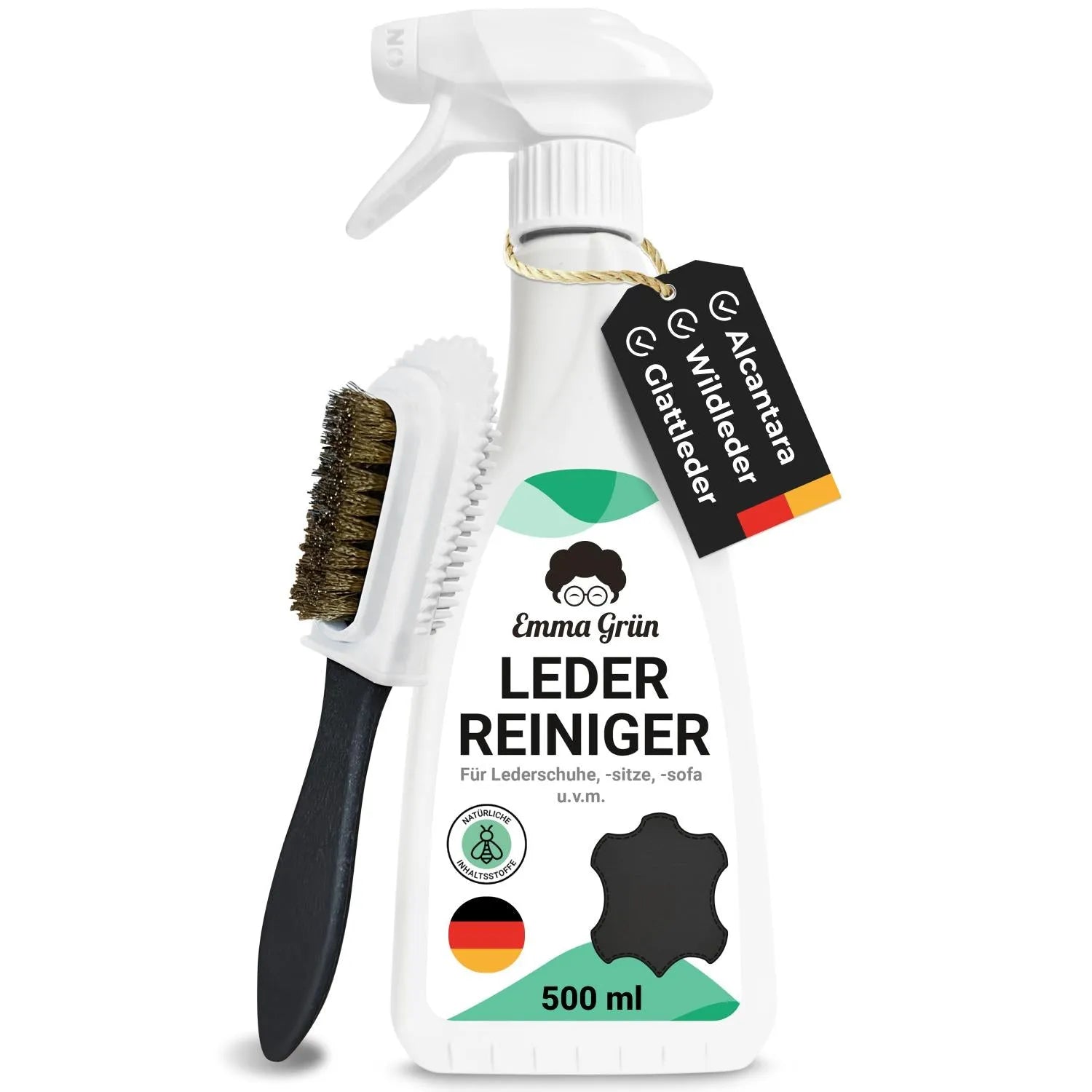









 Natalie,
Natalie,  Sarah und über 205.000+ Andere lieben Emma Grün.
Sarah und über 205.000+ Andere lieben Emma Grün.










